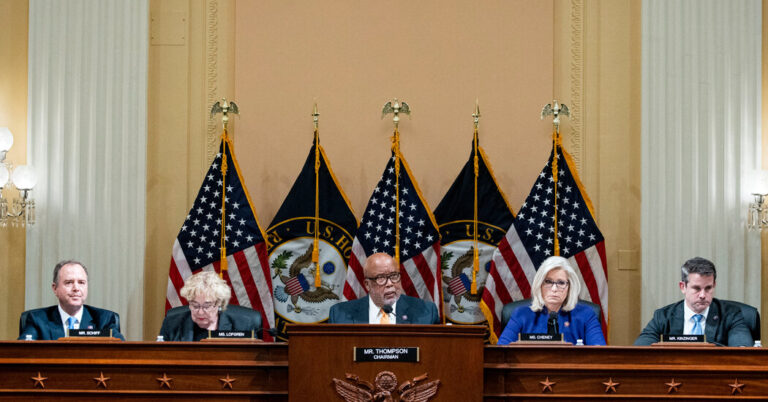U.S. Economy Grew at 1.6% Rate in First Quarter Slowdown
The U.S. economy continued to grow early this year, but at a sharply slower rate as strong consumer spending was offset by higher prices and pockets of weakness in other sectors.
Gross domestic product, adjusted for inflation, increased at a 1.6 percent annual rate in the first three months of 2024, down from 3.4 percent at the end of 2023, the Commerce Department said Thursday.
Taken on its own, the downshift in growth is not necessarily worrisome, particularly given that the Federal Reserve has been trying to cool off the economy. And the weaker first quarter numbers were driven in part by big shifts in business inventories and international trade, which often swing wildly from one quarter to the next. Measures of underlying growth were stronger.
“It would suggest some moderation in growth but still a solid economy,” said Michael Gapen, chief U.S. economist for Bank of America. He said the report contained “few signs of weakness overall.”
Still, the growth rate was below what economists had expected, and the slowdown has come at the same time that the Fed’s fight against inflation has stalled: Prices rose more quickly in the first quarter than at the end of last year, and Thursday’s data showed a more rapid acceleration than forecasters had anticipated. That raises the uncomfortable possibility that high interest rates are taking a toll on economic activity but not succeeding in fully taming inflation.
“It increases the chances of a harder landing,” said Constance L. Hunter, an economist at MacroPolicy Perspectives, a forecasting firm.
For now, consumers are ensuring that growth continues. Spending rose at a 2.5 percent rate in the first quarter as low unemployment and rising wages helped shoppers shrug off high interest rates and rising prices. After-tax income continued to grow faster than inflation, although consumers also saved less as they kept spending.
“Sentiment is not that strong — people don’t see the economy as in good shape — but personally they’re going out and spending,” said Brian Rose, senior economist at UBS. “They’re seeming to sort of defy gravity.”
If consumer spending returns to earth, however, the broader economy could be vulnerable. Businesses invested less in new facilities in the first quarter, and they added less to inventories — a sign they remain cautious despite strong sales.
“The consumer is still king — it’s driving the growth story — and yet businesses have been very reluctant to invest,” said James Knightley, chief international economist for ING. “If something was to happen to the consumer, the growth story could very quickly unravel.”
Spending has been driven particularly by wealthier consumers, whose low debt and fixed-rate mortgages have insulated them from the effects of higher interest rates, and who have benefited from a stock market that was until recently setting records.
Lower-income households, however, are showing mounting signs of strain. They have increasingly turned to credit cards to afford their spending, and with interest rates high, more of them are falling behind on their payments.
“There is a sense that lower-end households are increasingly stretched right now,” said Andrew Husby, senior U.S. economist at BNP Paribas. “You’re seeing a bifurcation in the U.S. economy.”
Check out our Latest News and Follow us at Facebook
Original Source







